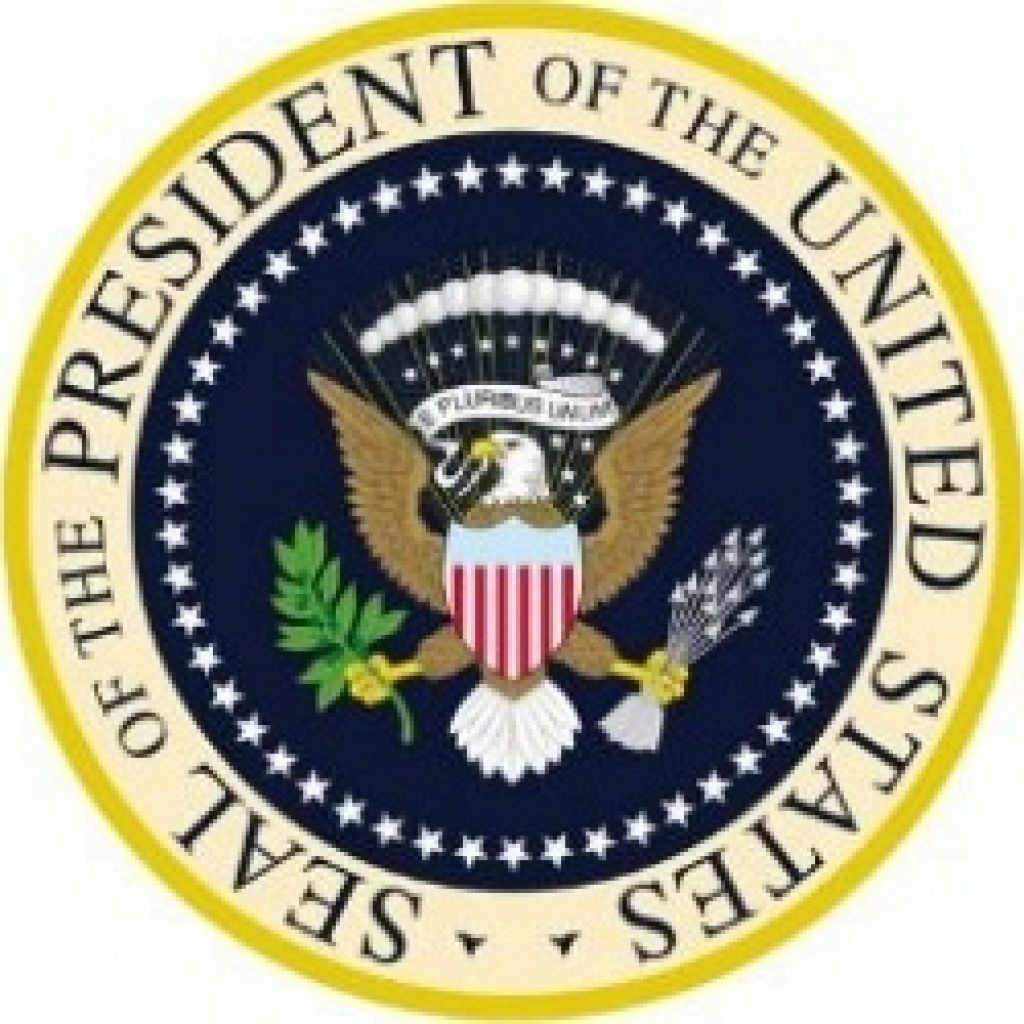(HPCWire) The White House Office of Science and Technology Policy’s (OSTP) National Quantum Coordination Office (NQCO) and the U.S. National Science Foundation (NSF) – in coordination with the National Q-12 Education Partnership – convened educators and leaders in quantum information science and technology (QIST) to explore training and education opportunities for America’s future QIST workforce. Furthering a national strategy to ensure the United States remains an international QIST leader, the event focused on ways to engage young minds in QIST and established tools to help improve early (K-12) education and outreach.
During the event, OSTP’s NQCO and NSF released the National Strategic Plan for Quantum Information Science and Technology Workforce Development. A product of the National Science and Technology Council Subcommittee on Quantum Information Science (SCQIS), the plan recommends a series of actions and community opportunities to grow the QIST workforce through expanded training and education at all levels. It also highlights the continued importance of gathering data on the workforce needs in industry, academia, and the federal government, and of developing long-term learning opportunities to expand and broaden the pool of talent and ensure the QIST workforce represents all of America. The plan will help guide QIST workforce efforts in the coming years as the Federal government works to strengthen the pool of quantum-ready workers. The plan can be found here.
“Our future prosperity depends on expanding the capacity of our Nation to inspire, educate, train, and empower the next generation of talent,” said National Quantum Coordination Office Director and OSTP Assistant Director for Quantum Information Science (QIS) Dr. Charles Tahan. “The career opportunities in quantum and related fields are immense, and we are thrilled to work with NSF, industry, and educational institutions in the National Quantum Initiative and Q-12 Partnership to reach more young people.”
“To accelerate growth in quantum science and engineering, we must continue to institutionalize and scale efforts that create a culture of creativity and inclusivity, one that empowers people from all backgrounds and disciplines to pursue quantum careers,” said NSF Director Sethuraman Panchanathan. “The Q12 Partnership has charted a path forward for nurturing quantum expertise from across the United States, and today, that path advances from exploration to rapid action. Alongside today’s release of the National Strategic Plan for QIST Workforce Development, NSF is announcing a new program, ExpandQISE, to provide sustained support for researchers developing new ways to cultivate and diversify the U.S. quantum workforce.”
NSF is issuing a solicitation for proposals through the program to launch QISE research and education activities for students at all levels and from all backgrounds; see Expanding Capacity in Quantum Information Science and Engineering (ExpandQISE) . With grants up to $5 million over five years, the program will expand quantum engagement to new institutions, with a particular focus on those where more than half of students are from groups under-represented in the sciences. Also today, NSF announced a $2.2 million grant to the Montana-Arkansas (MonArk) NSF Quantum Foundry, led by Montana State University and the University of Arkansas, to create the Arkansas-Montana-South Dakota 2D Quantum Photonics Alliance (2DQP Alliance). The alliance extends the foundry to the South Dakota School of Mines and Technology and the University of Arkansas at Pine Bluff, an historically Black university, significantly expanding quantum career-path opportunities for those universities’ students.
